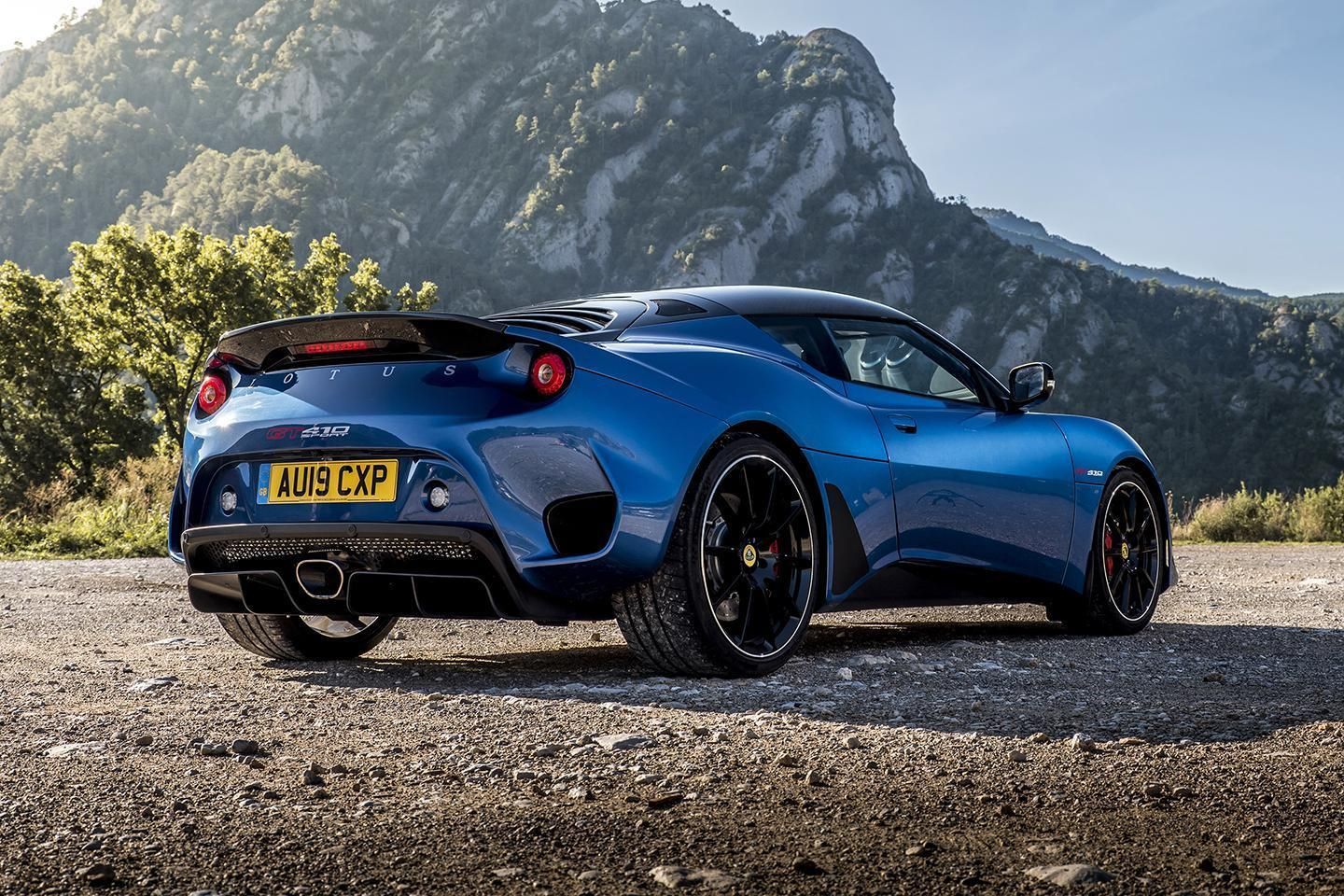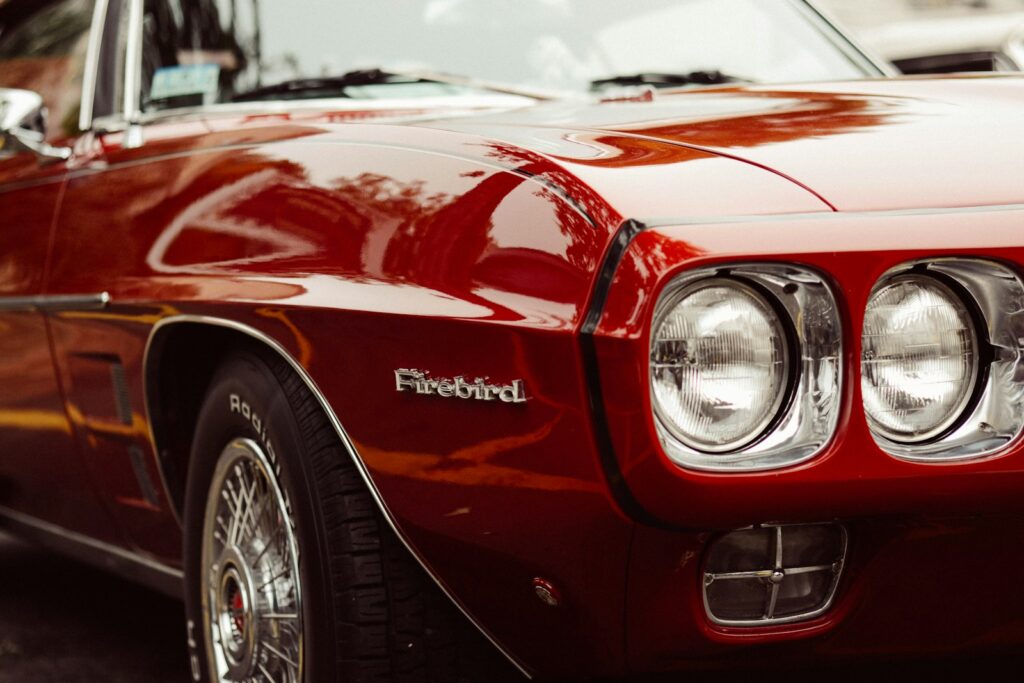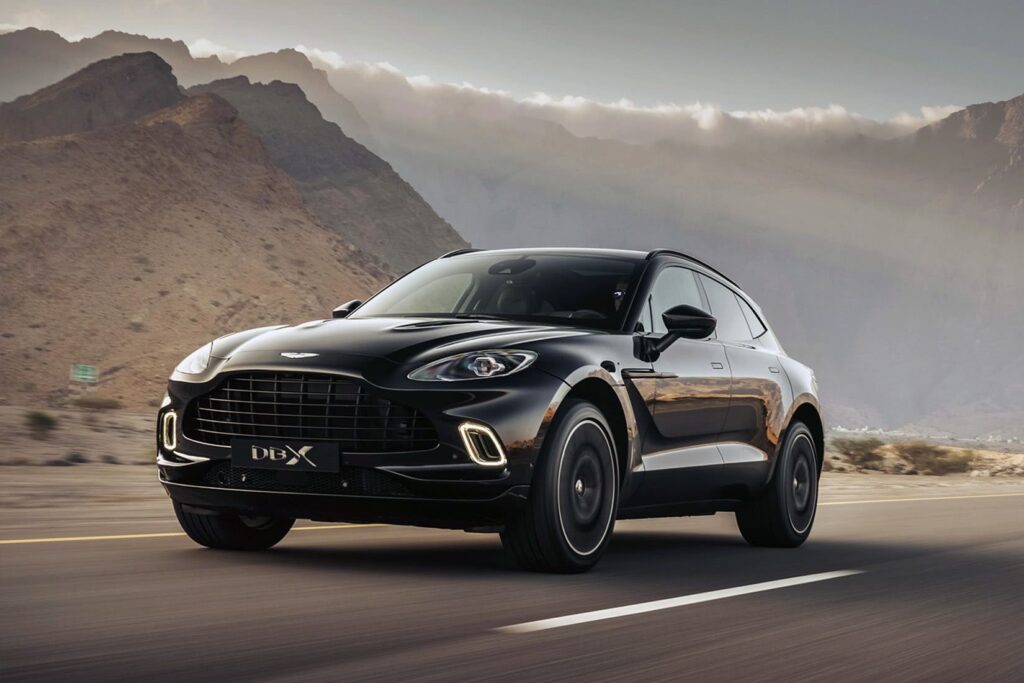
Alright, buckle up, car enthusiasts and generational observers alike! We often hear about the fascinating (and sometimes frustrating) differences between Baby Boomers and Millennials – from work ethics to avocado toast preferences. But rarely do we get to cruise down the highway of automotive tastes to see where these generations diverge when it comes to their ride of choice. Yet, there’s a fascinating phenomenon occurring in the world of classic cars: a whole fleet of vehicles beloved by Boomers are being squarely passed over by younger generations.
It’s not just about a preference for shiny new tech, though that certainly plays a part. For many Millennials, the cars that defined their parents’ or grandparents’ eras simply don’t align with their practical needs, environmental concerns, or even their aesthetic sensibilities. What was once a symbol of luxury, power, or cutting-edge design for one generation can now be seen as an impractical, gas-guzzling behemoth or even a safety hazard by another. It’s a true generational gap, measured in horsepower and miles per gallon.
So, let’s peel back the curtain and take a closer look at some of these iconic Boomer-era rides that, despite their charm and historical significance, are consistently being overlooked by younger buyers. We’re talking about the vintage cars that truly showcase the evolving definition of a ‘cool ride’ across the decades. Ready to see which classic cruisers just aren’t making the cut for today’s younger drivers? Let’s dive in!
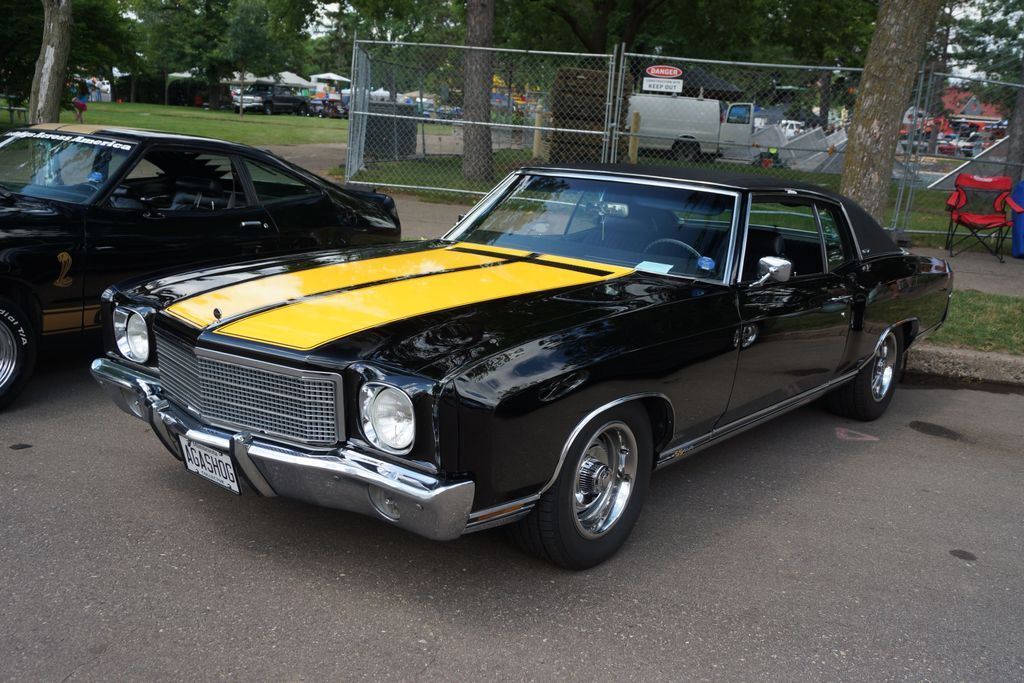
1. **Chevrolet Monte Carlo**The Chevrolet Monte Carlo, a name that evokes images of classic American luxury and a dash of muscle, was a true powerhouse in its day, produced from 1970 to 2007. Particularly popular in the 1970s and 1980s, it delivered both performance and style with its array of powerful V8 engines, long hood, and distinctive design. For many Boomers, this was the epitome of a personal luxury coupe, offering comfort and a certain undeniable swagger on the open road.
However, for Millennials, this classic often lands squarely in the ‘no, thank you’ pile. The primary culprits? Its sheer size and notorious fuel inefficiency are major deterrents in an era where smaller, more economical, and environmentally friendly vehicles are increasingly valued. What was once considered a statement of affluence and comfort now feels cumbersome and expensive to run.
Compounding these practical drawbacks is the perception that it’s an “old man’s car.” While it might boast a retro style, a spacious interior, and those powerful engine options, younger buyers are consistently drawn to vehicles that feel more modern, agile, and aligned with contemporary driving needs. The bulky size and “lackluster handling” further cement its place as a vehicle that simply doesn’t fit the bill for the current generation’s automotive desires.
Car Model Information: 2012 Scion tC Base
Name: Chevrolet Monte Carlo
Manufacturer: Chevrolet
Production: 1969–1987,1994–2007
ModelYears: 1970–1988,1995–2007
Class: Personal luxury car
BodyStyle: coupé
Layout: FR layout
Caption: 2006 Chevrolet Monte Carlo LS
Categories: 1980s cars, 1990s cars, 2000s cars, All Wikipedia articles written in American English, All articles needing additional references
Summary: The Chevrolet Monte Carlo is a two-door coupe that was manufactured and marketed by the Chevrolet division of General Motors. Deriving its name from the city in Monaco, the Monte Carlo was marketed as the first personal luxury car of the Chevrolet brand. Introduced for the 1970 model year, the model line was produced across six generations through the 2007 model year, with a hiatus from 1989 until 1994. The Monte Carlo was a variant of the Pontiac Grand Prix throughout its production.
From 1970 until 1972, the Monte Carlo rode on the unique “A-Special” platform with the Grand Prix, shifting to the standard A-body intermediate chassis from the 1973 through 1977 model years. For 1978, the Monte Carlo line underwent downsizing, but was still considered a midsized coupe. The rear-wheel drive A-body platform of this generation of Monte Carlo was redesignated as the G-body when GM’s front-wheel drive A-body cars were introduced for the 1982 model year. After an abbreviated 1988 model year, the Monte Carlo was replaced by the two-door Chevrolet Lumina.
For the 1995 model year, the Monte Carlo was revived, replacing the two-door Lumina. It shared the front-wheel drive W-platform with the two-door Grand Prix, and was the largest coupe in the Chevrolet lineup. After the 2002 model year, the Grand Prix coupe was discontinued, the Monte Carlo became the largest two-door model produced by an American auto manufacturer.
In response to declining sales of the model line, Chevrolet discontinued the Monte Carlo after the 2007 model year. During much of its production, the Monte Carlo represented the Chevrolet brand in stock car racing. During the 1980s, the Monte Carlo SS was introduced, featuring aerodynamically enhanced styling; as part of its revival, the Monte Carlo again represented Chevrolet in stock car racing from 1995 through its discontinuation.
Get more information about: Chevrolet Monte Carlo
Buying a high-performing used car >>>
Brand: Chevrolet Model: Monte Carlo
Price: $7,956 Mileage: 134,011 mi.
Read more about: Beware: These Classic Cars Are Not Worth Restoring – An Expert Guide for Enthusiasts
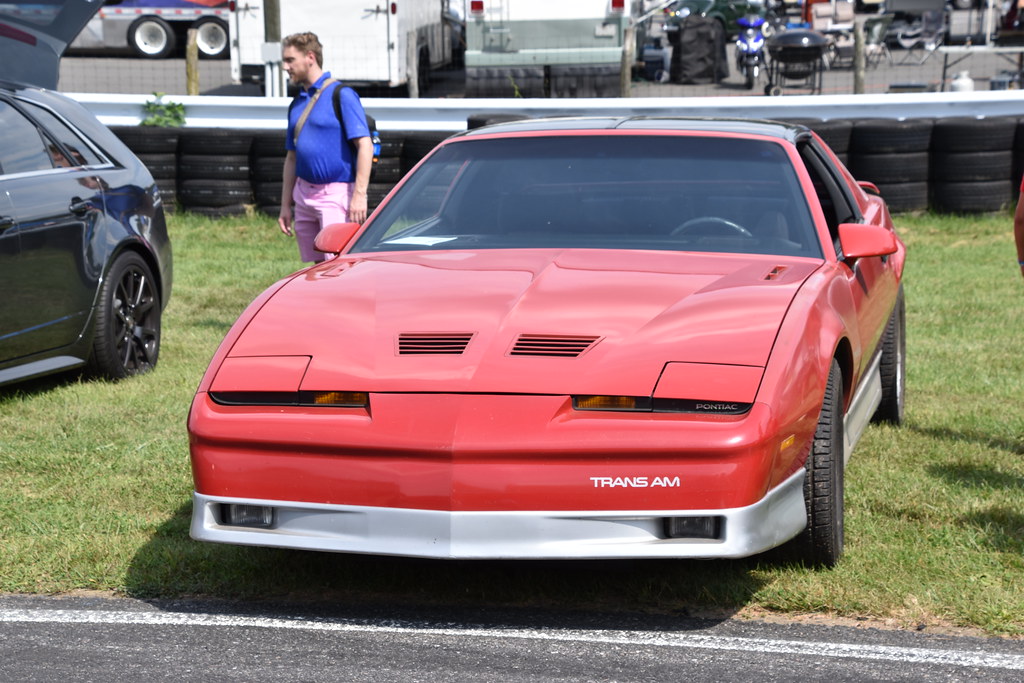
2. **Pontiac Firebird**Ah, the Pontiac Firebird. A muscle car icon from 1967 to 2002, especially its Trans Am variant, which zoomed into pop culture legend thanks to movies like “Smokey and the Bandit.” With engines ranging from inline-sixes to roaring V8 powerhouses, the Firebird promised exciting performance and delivered it with striking design elements, including that legendary “screaming chicken” hood decal. It was a symbol of freedom, power, and American automotive prowess for its generation.
But for Millennials, the roar of that V8 often gets drowned out by a different set of concerns. They tend to overlook the Firebird due to its dated technology and the higher maintenance costs associated with keeping such a vintage performance machine on the road. The allure of the “screaming chicken” doesn’t quite outweigh the desire for modern amenities and hassle-free ownership.
Today’s younger enthusiasts gravitate towards newer sports cars that offer superior fuel efficiency, advanced infotainment systems, and contemporary safety features. While the Firebird’s raw power and iconic status are certainly acknowledged, the practical realities of owning a vehicle with “dated technology” and a thirst for fuel make it a less appealing choice compared to what modern engineering has to offer.
Car Model Information: 1985 Pontiac Firebird
Name: Pontiac Firebird
Caption: The second, third, and fourth generations of,the Pontiac Firebird Trans Am
Manufacturer: Pontiac (automobile)
Production: February 23, 1967 – August 30, 2002
ModelYears: 1967 – 2002
Class: Pony car,Muscle car
Platform: GM F platform
Related: Chevrolet Camaro
Layout: Front engine, rear-wheel-drive layout
Categories: 1970s cars, 1980s cars, 1990s cars, 2000s cars, All articles with dead external links
Summary: The Pontiac Firebird is an American automobile built and produced by Pontiac from the 1967 to 2002 model years. Designed as a pony car to compete with the Ford Mustang, it was introduced on February 23, 1967, five months after GM’s Chevrolet division’s platform-sharing Camaro. This also coincided with the release of the 1967 Mercury Cougar, Ford’s upscale, platform-sharing version of the Mustang.
The name “Firebird” was also previously used by GM for the General Motors Firebird series of concept cars in the 1950s.
Get more information about: Pontiac Firebird
Buying a high-performing used car >>>
Brand: Pontiac Model: Firebird
Price: $23,500 Mileage: 12,209 mi.
Read more about: Beware: These Classic Cars Are Not Worth Restoring – An Expert Guide for Enthusiasts
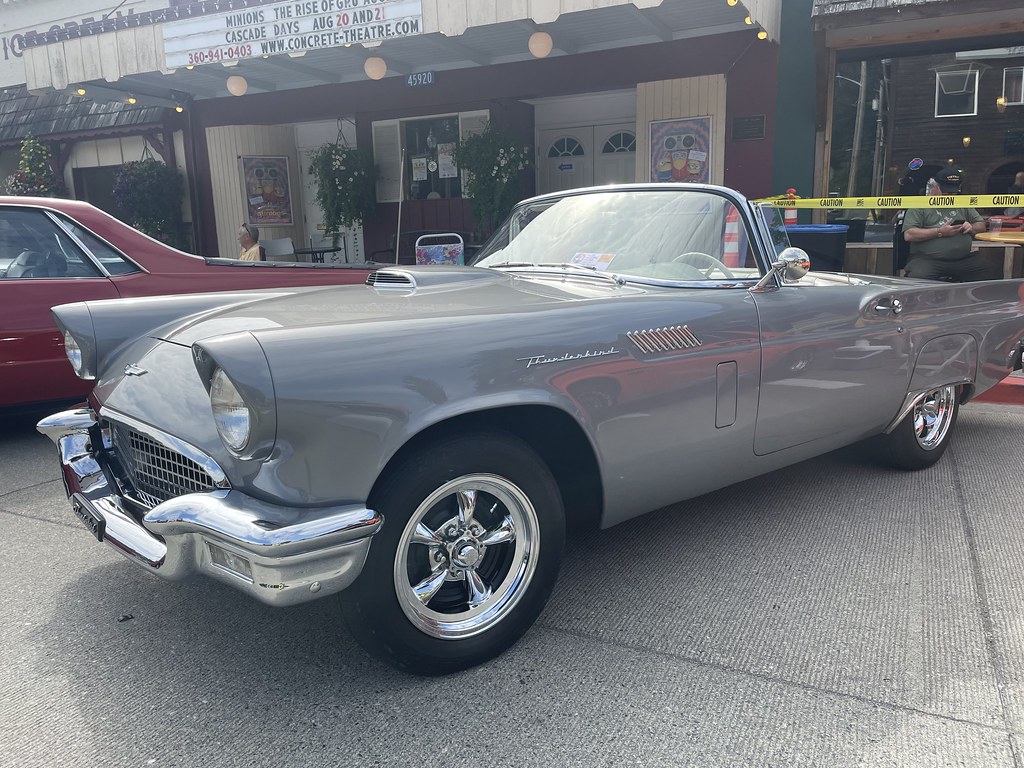
3. **Ford Thunderbird**The Ford Thunderbird had quite the chameleon-like career, produced from 1955 to 2005. It started as a sleek two-seat sports car, then elegantly morphed into a luxury cruiser over its extensive production run. The 1950s and 1960s models, particularly, with their robust V8 engines and stylish designs, remain deeply cherished by Boomers who remember them as symbols of post-war prosperity and cool.
However, when it comes to Millennials, the Thunderbird tends to fly under the radar. Many view it as distinctly a “car for older generations,” a sentiment that often overshadows its classic appeal. This perception is compounded by what younger buyers see as a significant lack of modern technology and, you guessed it, poor fuel efficiency.
Despite its undeniable classic design and often powerful engines, these practical drawbacks make it significantly less appealing to a generation that values connectivity, economy, and contemporary driving dynamics. The shift towards smaller, more efficient vehicles means that a grand, stylish cruiser of yesteryear doesn’t quite fit the mold of an ideal daily driver or even a desirable weekend classic for many younger enthusiasts.
Car Model Information: 1956 Ford Thunderbird Base
Name: Ford Thunderbird
Caption: 1957 Thunderbird
Manufacturer: Ford Motor Company
Production: unbulleted list
ModelYears: unbulleted list
Class: unbulleted list
Layout: Front-engine, rear-wheel drive layout
Categories: 1960s cars, 1970s cars, 1980s cars, 1990s cars, 2000s cars
Summary: The Ford Thunderbird is a personal luxury car manufactured and marketed by Ford Motor Company for model years 1955 to 2005, with a hiatus from 1998 to 2001.
Ultimately gaining a broadly used colloquial nickname, the T-Bird, the model was introduced as a two-seat convertible, subsequently offered variously in a host of body styles including as a four-seat hardtop coupe, four-seat convertible, five-seat convertible and hardtop, four-door pillared hardtop sedan, six-passenger hardtop coupe, and five-passenger pillared coupe, before returning in its final generation, again as a two-seat convertible.
At its inception, Ford targeted the two-seat Thunderbird as an upscale model. The 1958 model year design introduced a rear seat and arguably marked the expansion of a market segment that came to be known as personal luxury cars, positioned to emphasize comfort and convenience over handling and high-speed performance.
Get more information about: Ford Thunderbird
Buying a high-performing used car >>>
Brand: Ford Model: Thunderbird
Price: $34,999 Mileage: 87,117 mi.
Read more about: 19 Cars Flops of the 1950s: Why They Failed
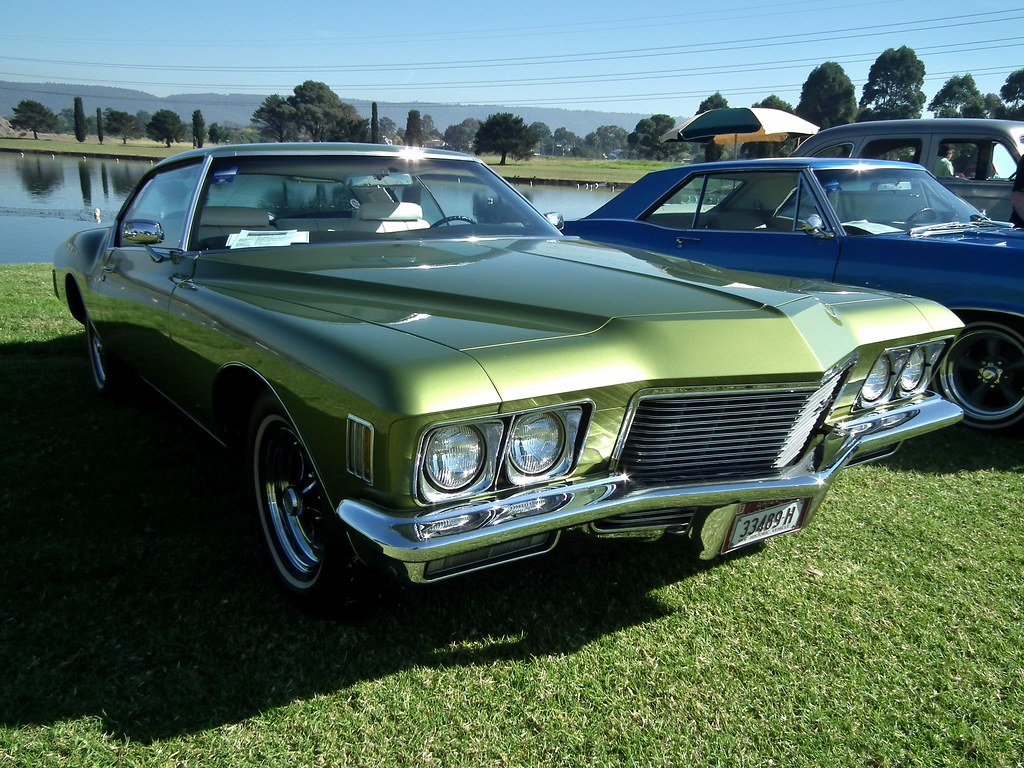
4. **Buick Riviera**The Buick Riviera, produced from 1963 to 1999, is a car that certainly turned heads, especially with its distinctive styling, like the famous boat-tail models of the early 1970s. It was all about luxurious features and comfort, powered by potent V8 engines, making it a clear status symbol for its era. Boomers admired it for its daring design and smooth, comfortable ride, embodying a certain kind of sophisticated American luxury.
Yet, for Millennials, this classic beauty often presents a conundrum of practicality. Its large size, considerable fuel inefficiency, and the prospect of high maintenance costs are major turn-offs. What was once seen as daring and luxurious now tends to be viewed as an “outdated gas-guzzler” with a design that might be “too bold for their tastes.”
While the Riviera’s classic design and opulent features could theoretically appeal to those with a keen interest in vintage aesthetics, the stark practical issues frequently deter younger buyers. They’re looking for cars that are not only stylish but also manageable in modern traffic, economical to run, and easier on the wallet when it comes to upkeep, which the Riviera often isn’t.
Car Model Information: 1971 Buick Riviera
Caption: 1963 Buick Riviera
Name: Buick Riviera
Predecessor: Buick Super
Manufacturer: Buick
ModelYears: 1963–1993,1995–1999
Class: Personal luxury car
Categories: 1960s cars, 1970s cars, 1980s cars, 1990s cars, All articles with specifically marked weasel-worded phrases
Summary: The Buick Riviera is a personal luxury car that was marketed by Buick from 1963 to 1999, with the exception of the 1994 model year.
As General Motors’ first entry into the personal luxury car market segment, the Riviera was highly praised by automotive journalists upon its high-profile debut. It was a ground-up design on a new GM E platform debuting for the 1963 model year and was also Buick’s first unique Riviera model.
Unlike its subsequent GM E platform stablemates, the Oldsmobile Toronado and Cadillac Eldorado, the Riviera was initially a front engine/rear-wheel drive platform, switching to front-wheel drive starting with the 1979 model year.
While the early models stayed close to their original form, eight subsequent generations varied substantially in size and styling. A total of 1,127,261 Rivieras were produced.
The Riviera name was resurrected for two concept cars that were displayed at auto shows in 2007 and in 2013.
Get more information about: Buick Riviera
Buying a high-performing used car >>>
Brand: Buick Model: Riviera
Price: $22,499 Mileage: 91,150 mi.
Read more about: Unearthing Gems: 15 Undervalued 1980s Sports Cars That Are Smart Buys for Collectors Today
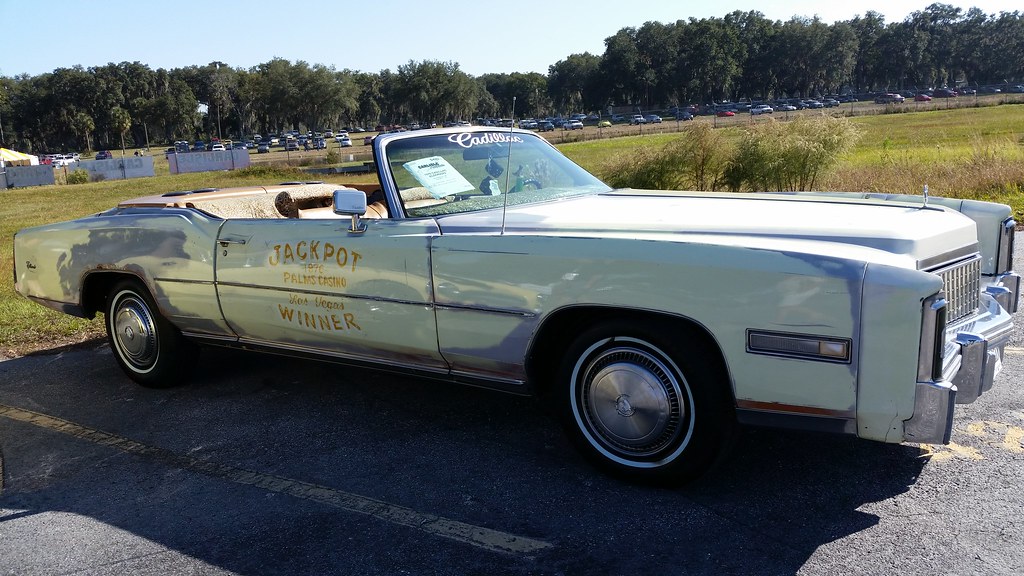
5. **Cadillac Eldorado**For decades, the Cadillac Eldorado, produced from 1952 to 2002, stood as an undisputed symbol of American luxury and unparalleled opulence. These were the cars that screamed prestige, featuring massive V8 engines and interiors so plush, they felt like rolling living rooms. It was a favorite among affluent buyers of the Boomer generation, representing the pinnacle of automotive extravagance and comfort.
However, the very qualities that made the Eldorado a legend are precisely why Millennials often give it a wide berth. Its “enormous size” and “poor fuel economy” are immediate red flags, clashing sharply with modern values of environmental consciousness and practical urban navigation. Add to that the typically “high maintenance costs” of a vintage luxury vehicle, and you have a recipe for disinterest.
While its classic design, lavish interiors, and powerful engines are certainly noteworthy, the “excessive size” and impracticality in today’s world make it a difficult sell. Younger generations are more inclined towards vehicles that offer a balance of luxury, efficiency, and environmental consideration, making the Eldorado’s grandiosity feel out of step with current desires.
Car Model Information: 1976 Cadillac Eldorado Convertible
Caption: 1963 Cadillac Eldorado Convertible
Name: Cadillac Eldorado
Manufacturer: Cadillac
Production: 1952–2002
Layout: Front-engine, rear-wheel-drive layout
Aka: Cadillac Fleetwood Eldorado
Class: Personal luxury car
Successor: Cadillac CTS
Categories: 1960s cars, 1970s cars, 1980s cars, 1990s cars, 2000s cars
Summary: The Cadillac Eldorado is a luxury car manufactured and marketed by the Cadillac Motor Car Division of General Motors from 1952 until 2002, over twelve generations.
The Eldorado was at or near the top of the Cadillac product line. The original 1953 Eldorado convertible and the Eldorado Brougham models of 1957–1960 had distinct bodyshells and were the most expensive models offered by Cadillac during those years. The Eldorado was never less than second in price after the Cadillac Series 75 limousine until 1966. Beginning in 1967, the Eldorado retained its premium position in the Cadillac price structure, but was manufactured in high volumes on a unique, two-door personal luxury car platform.
The Eldorado carried the Fleetwood designation from 1965 through 1972, and was seen as a modern revival of the pre-war Cadillac V-12 and Cadillac V-16 roadsters and convertibles.
Get more information about: Cadillac Eldorado
Buying a high-performing used car >>>
Brand: Cadillac Model: Eldorado
Price: $28,499 Mileage: 31,898 mi.
Read more about: Decoding Your Car’s Color: How Hue Impacts Resale Value and Which Shades Perform Best
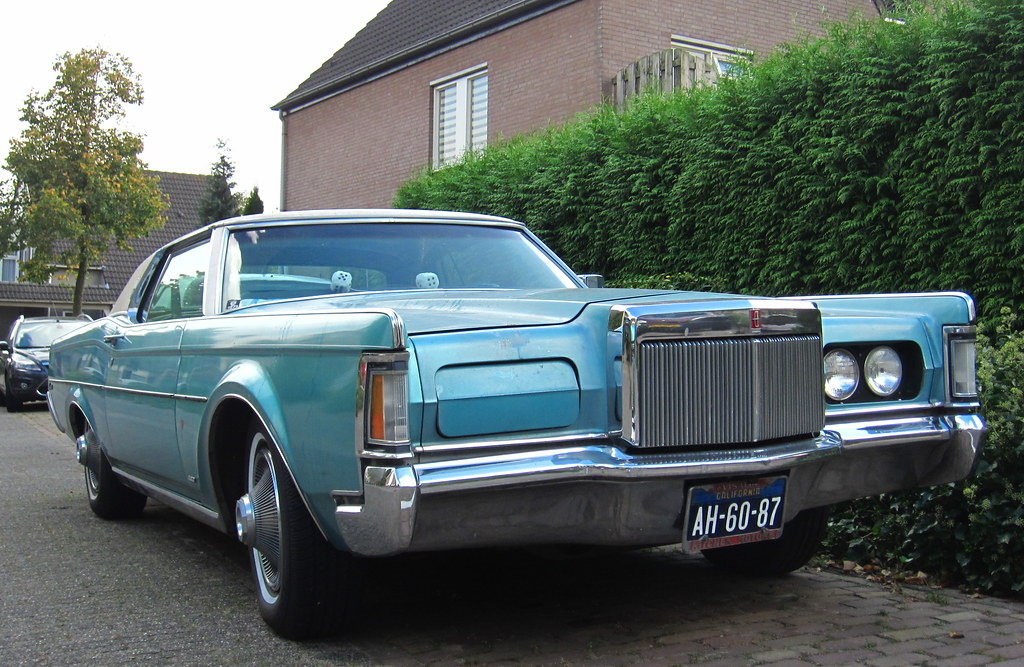
6. **Lincoln Continental Mark IV**The Lincoln Continental Mark IV, produced between 1972 and 1976, is another one of those vehicles that just oozes a certain kind of Boomer-era cool. Known for its truly distinctive design, complete with the iconic opera windows and a long, sweeping body, it was a statement car. Powered by a hefty 460 cubic inch V8 engine, the Mark IV promised and delivered a ride that was both smooth and powerful, epitomizing grand touring luxury.
But for many Millennials, that grandiosity translates into significant drawbacks. They tend to pass over the Mark IV due to its sheer size, which makes it a challenge to maneuver and park in increasingly crowded urban environments. This is coupled with, predictably, poor fuel economy, a consistent theme for this list, and the lingering perception that it’s inherently a “car for older generations.”
Despite its luxurious interior and unique styling, the practical difficulties—especially the “large, impractical design” which feels “cumbersome and inefficient” in modern city driving—and the high maintenance costs ultimately deter younger buyers. The appeal of a bygone era’s luxury often can’t overcome the desire for a more practical and economical vehicle for today’s roads.
Car Model Information: 2025 Hyundai PALISADE XRT
Manufacturer: Lincoln Motor Company
Caption: 1975 Continental Mark IV
Name: Mark IV
Production: 1971–1976
ModelYears: 1972–1976
BodyStyle: coupe
Layout: Front-engine, rear-wheel-drive layout
Engine: 460 cuin
Abbr: on
Assembly: Wixom Assembly,Wixom, Michigan
Transmission: Ford C6 transmission
Predecessor: Lincoln Continental Mark III
Wheelbase: 120.4 in
Length: 228.1 in
Width: 79.8 in
Height: 53.5 in
Weight: convert
Successor: Lincoln Continental Mark V
Related: Ford Thunderbird (sixth generation)
Categories: 1970s cars, All Wikipedia articles needing clarification, All articles with unsourced statements, Articles with short description, Articles with unsourced statements from October 2025
Summary: The Continental Mark IV is a personal luxury car that was marketed by the Lincoln division of Ford Motor Company from the 1972 to 1976 model years. The third generation of the Mark series, the Mark IV grew in size over its Continental Mark III predecessor. As with the previous generation, the Mark IV saw little direct competition in the American marketplace, competing nearly exclusively against the Cadillac Eldorado (redesigned for 1971).
As with the Mark III, the Mark IV shared its chassis with the Ford Thunderbird, with the Mark IV receiving its own bodywork below the windows. Hidden headlights and a faux Rolls-Royce chrome grille were retained, and a Continental spare tire trunklid. For 1976, the Designer Series option package was introduced; in what would become a tradition for the Mark series (and later Lincoln), the option consisted of specially coordinated exterior and interior trims developed between Lincoln and contemporary fashion designers.
Ford assembled the Continental Mark IV at its Wixom Assembly Plant in Michigan) facility alongside the Ford Thunderbird and the Lincoln Continental. For 1977, the Mark IV underwent a substantial revision, becoming the Continental Mark V.
Get more information about: Lincoln Continental Mark IV
Buying a high-performing used car >>>
Brand: Lincoln Model: Continental Mark IV
Price: $40,788 Mileage: 5,081 mi.
Read more about: Beware: These Classic Cars Are Not Worth Restoring – An Expert Guide for Enthusiasts
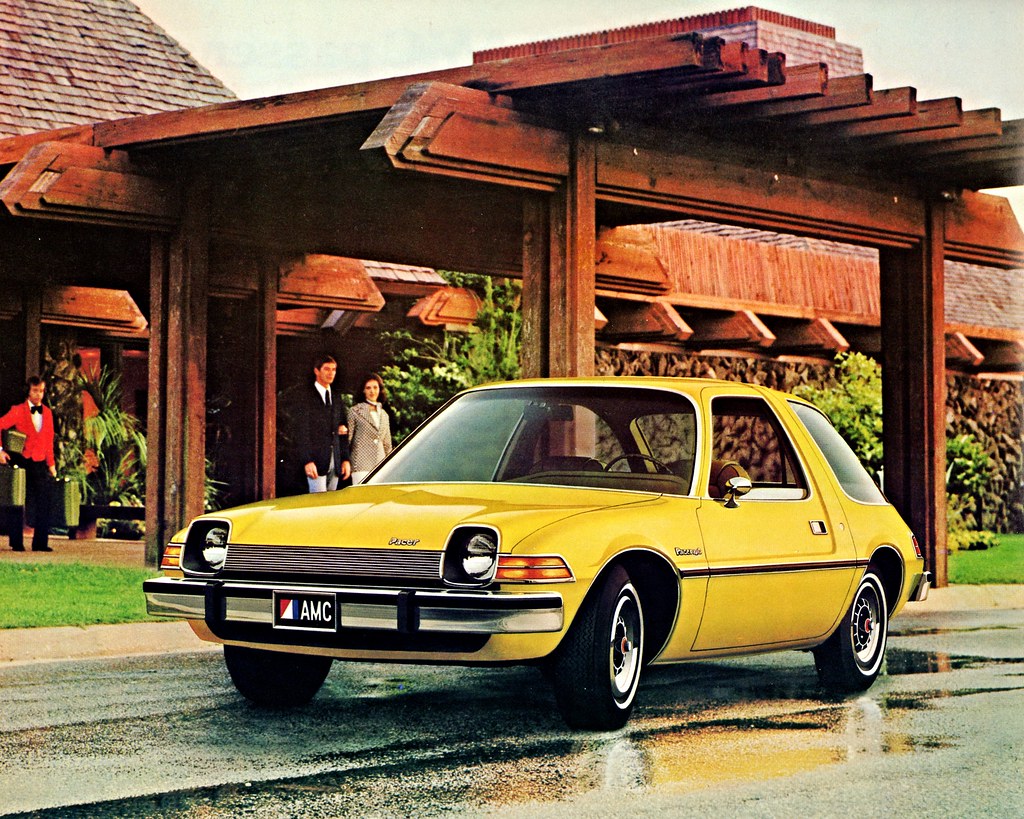
7. **AMC Pacer**And now for something a little different, but equally passed over: the AMC Pacer. When it first hit the scene, the Pacer was touted for its innovation and truly unique styling. It was an ambitious attempt to create a compact car that stood out, offering a distinctive, wide-body design that aimed to compete with European imports while offering American comfort.
However, Millennials tend to regard the Pacer as, well, “oddly shaped and inefficient.” Its “bubble-like appearance,” once a point of conversation, is now often made fun of. What was envisioned as a futuristic, mold-breaking design by Boomers is frequently viewed more as a “misstep” rather than a mark of innovation by younger generations.
The Pacer’s unconventional aesthetics and less-than-stellar performance metrics make it a challenging sell in today’s market. While its uniqueness might garner a second glance, it rarely translates into purchase interest. Millennials, with a wider array of sleek, efficient, and technologically advanced compact cars to choose from, often find the Pacer’s peculiar charm simply doesn’t outweigh its perceived quirks and inefficiencies.
Alright, car lovers, our journey through the shifting sands of automotive preference continues! After cruising through the first batch of Boomer-era classics that just aren’t sparking joy for younger generations, we’re about to shift gears. This next set of vehicles faces a similar fate, often being bypassed due to issues ranging from dated technology and potential reliability headaches to aesthetic choices that simply don’t align with today’s drivers. Prepare to delve deeper into why these next seven iconic rides are routinely left on the lot by Millennials.
Read more about: Automotive Hall of Shame: 16 Truly Ugly Cars
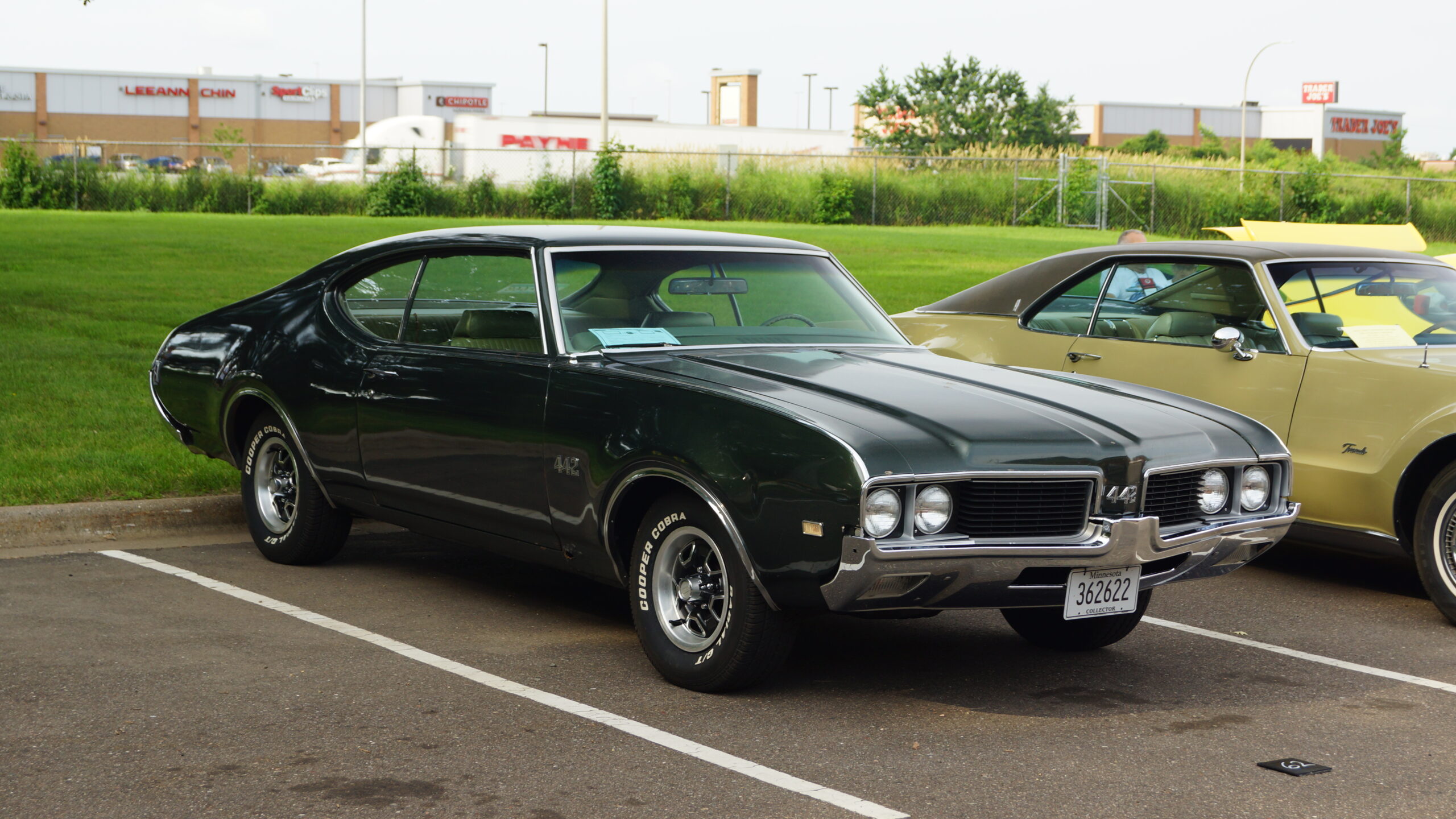
8. **Oldsmobile 442**The Oldsmobile 442, a name that still resonates with muscle car aficionados, roared onto the scene from 1964 to 1987. It was celebrated for its aggressive styling and, of course, those powerful V8 engines. The “442” wasn’t just a cool badge; it signified a four-barrel carburetor, a four-speed manual transmission, and dual exhausts – a pure recipe for performance that thrilled Boomers.
However, for many Millennials, the raw power and classic muscle car appeal of the 442 often get overshadowed by very practical concerns. Keeping such a vintage performance machine purring isn’t just a hobby; it’s an investment. Its notorious fuel inefficiency and the specter of high maintenance costs are significant deterrents in an age where running costs and environmental impact are increasingly important factors in car ownership.
While its iconic design and powerful engine options might hint at a thrilling ride, younger enthusiasts are gravitating towards modern performance cars that offer a better balance of thrill, efficiency, and contemporary amenities. The sheer practicality, or lack thereof, truly limits the 442’s appeal to a generation focused on more holistic automotive value.
Car Model Information: 1969 Oldsmobile 442
Name: Oldsmobile 442
Manufacturer: Oldsmobile
ModelYears: 1964–1980,1985–1987,1990–1991
Class: Muscle car
Layout: FR layout
Caption: 1971 Oldsmobile 442
Categories: 1960s cars, 1970s cars, 1980s cars, All articles with unsourced statements, Articles with short description
Summary: The Oldsmobile 4-4-2 is a muscle car produced by Oldsmobile between the 1964 and 1987 model years. Introduced as an option package for US-sold F-85 and Cutlass models, it became a model in its own right from 1968 to 1971, spawned the Hurst/Olds in 1968, then reverted to an option through the mid-1970s. The name was revived in the 1980s on the rear-wheel drive Cutlass Supreme and early 1990s as an option package for the new front-wheel drive Cutlass Calais.
The “4-4-2” name (pronounced “Four-four-two”) derives from the original car’s four-barrel carburetor, four-speed manual transmission, and dual exhausts. It was originally written “4-4-2” (with badging showing hyphens between the numerals), and remained hyphenated throughout Oldsmobile’s use of the designation. Beginning in 1965, the 4-4-2s standard transmission was a three-speed manual along with an optional two-speed automatic and four-speed manual, but were still badged as “4-4-2″s.
Because of this change, from 1965 on, according to Oldsmobile brochures and advertisements, the 4-4-2 designation referred to the 400 cubic inch engine, four-barrel carburetor, and dual exhausts. By 1968, badging was shortened to simply “442”, but Oldsmobile brochures and internal documents continued to use the “4-4-2” model designation.
Get more information about: Oldsmobile 442
Buying a high-performing used car >>>
Brand: Oldsmobile Model: 442
Price: $43,990 Mileage: 24,000 mi.
Read more about: Beyond the Icons: Unearthing 14 Underappreciated Muscle Cars That Deserve Your Attention
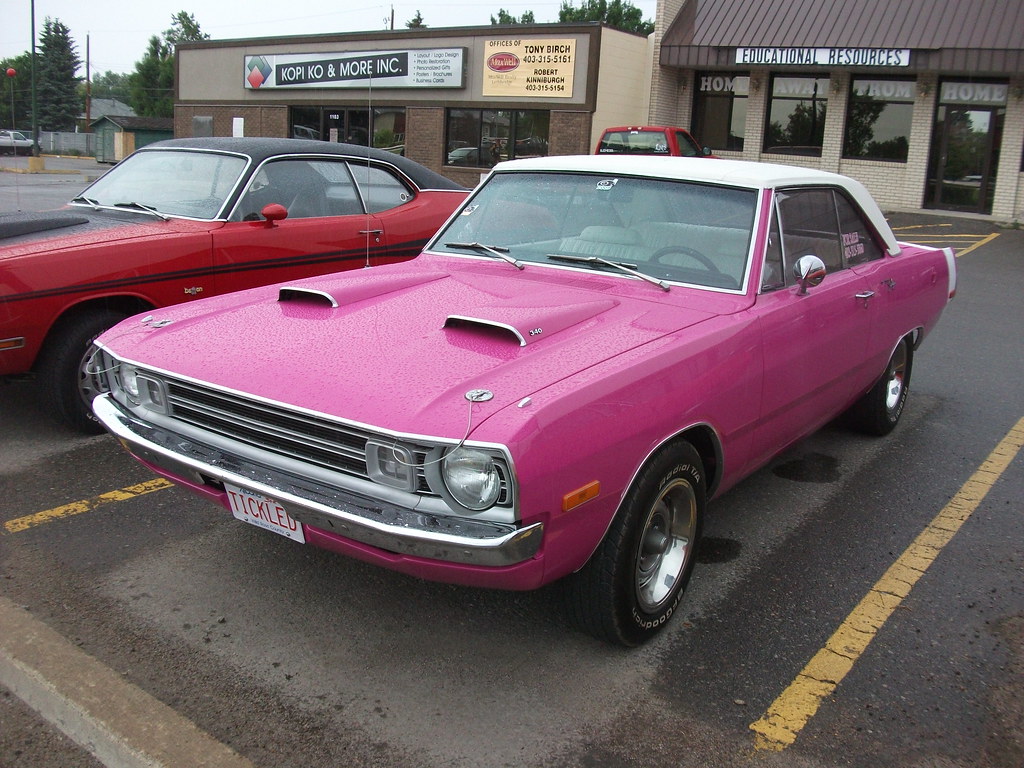
9. **Dodge Dart Swinger**The Dodge Dart Swinger, produced from 1967 to 1976, was a popular compact muscle car that offered a delightful combination of affordability and performance. With its lightweight design and various V8 engine options, it was a genuinely fun car to drive, especially for those looking for an accessible entry into the muscle car world of its time.
But here’s where the generational divide becomes clear: Millennials tend to pass over the Dart Swinger, often citing its dated technology as a major drawback. In a world saturated with advanced infotainment and driver-assist features, the Swinger’s interior feels distinctly from another era, lacking the modern conveniences younger drivers expect.
Beyond technology, the perception of “lower build quality” and a strong preference for newer, more reliable vehicles also contribute to its being overlooked. While its retro styling and performance capabilities might catch an eye, the absence of modern features and the potential for higher maintenance costs make it a less attractive proposition for today’s practicality-minded buyers.
Car Model Information: 2025 Hyundai PALISADE XRT
Name: Dodge Dart
Caption: 1966 Dodge Dart GT 2-door hardtop
Manufacturer: Dodge
Production: 1959–1976 (US market)
ModelYears: 1960–1976 (US market)
Class: Full-size
Layout: FR layout
Predecessor: Dodge Coronet#Fourth generation (1957–1959)
Related: Plymouth Valiant,Chrysler Valiant,Dodge Phoenix
Successor: Dodge Aspen,Dodge Diplomat,Talbot Tagora
Categories: 1970s cars, All articles with unsourced statements, Articles with short description, Articles with unsourced statements from December 2023, Articles with unsourced statements from May 2025
Summary: The Dodge Dart is a line of passenger cars produced by Dodge from the 1959 to 1976 model years in North America, with production extended to later years in various other markets.
The production Dodge Dart was introduced as a lower-priced full-size model in 1960 and 1961, but became a mid-size car for one model year for 1962, and was then reduced to a compact for two generations, from 1963 to 1976.
Chrysler had first used ‘Dart’ name plates on two Italian styled show cars, in 1956 and 1957, before it became a Dodge model name. The Dart nameplate was resurrected for a Fiat-derived compact car that was introduced in 2012.
Get more information about: Dodge Dart
Buying a high-performing used car >>>
Brand: DODGE Model: DART SWINGER
Price: $40,788 Mileage: 5,081 mi.
Read more about: The Unwanted Legacy: 14 Classic Sedans and Muscle Cars Younger Buyers Are Steering Clear Of
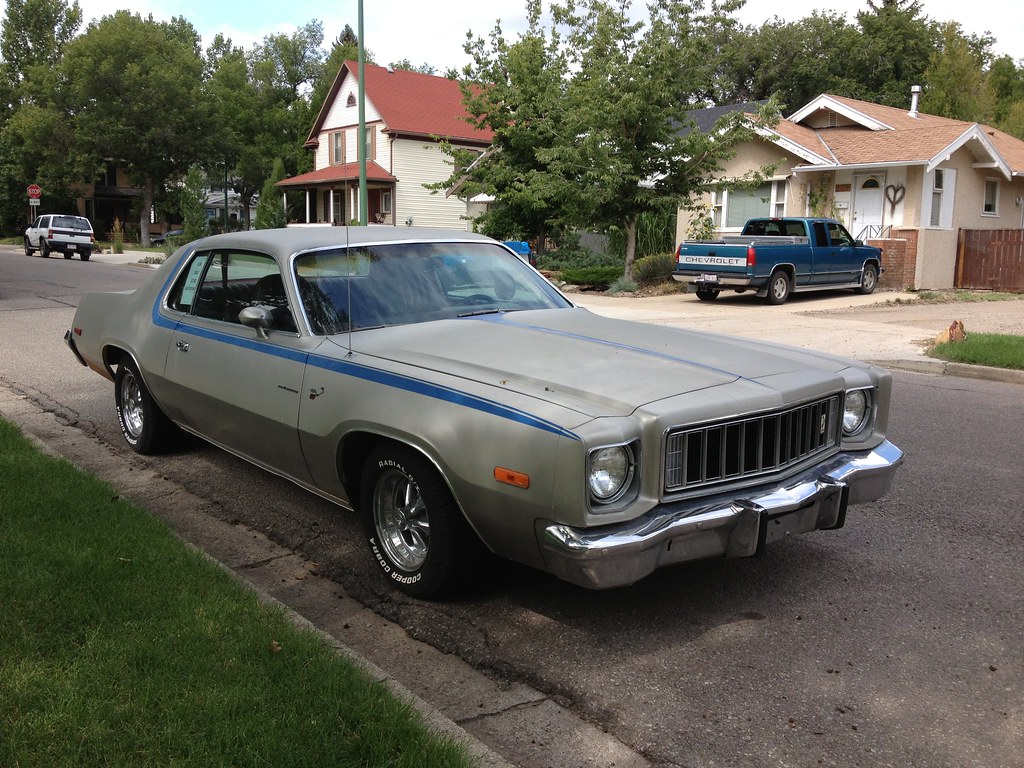
10. **Plymouth Road Runner**Beep, beep! The Plymouth Road Runner, produced between 1968 and 1980, was a quintessential muscle car, famous for its no-frills, all-performance attitude. It was designed to go fast, and with its powerful V8 engines, it certainly delivered, becoming a firm favorite among performance enthusiasts who valued raw speed and a singular focus on the driving experience.
Yet, for Millennials, the Road Runner’s single-minded pursuit of speed often comes with a few too many caveats. Just like many of its muscle car brethren, its significant fuel inefficiency is a major turn-off. With gas prices always a concern and environmental awareness on the rise, a car that drinks fuel with such gusto struggles to find a place in many younger drivers’ hearts.
Furthermore, the higher maintenance costs associated with keeping such a specialized vintage machine in top shape also factor into its reduced appeal. While the Road Runner’s classic design and undeniable performance heritage are respected, the practical realities of ownership make it a less compelling choice compared to more modern, fuel-efficient sports cars that offer a similar thrill with fewer headaches.
Car Model Information: 2025 Hyundai PALISADE XRT
Name: Plymouth Road Runner
Assembly: Detroit,Michigan
Manufacturer: Plymouth (automobile)
Class: Mid-size car
Production: 1968–1980
Related: unbulleted list
Layout: FR layout
Categories: 1970s cars, 1980s cars, All articles needing additional references, All articles with peacock terms, All articles with unsourced statements
Summary: The Plymouth Road Runner is a muscle car introduced by Chrysler in the United States for the 1968 model year and marketed under its Plymouth brand. Initially based on the Belvedere, the brand’s basic mid-size model, the Road Runner combined a powerful engine with a spartan trim level and a price that undercut increasingly upscale and expensive muscle cars such as the Pontiac GTO and Plymouth’s own GTX. It was initially a sales success.
The Road Runner was built in three generations on the mid-size B platform. Like most muscle cars, its performance and sales declined in the 1970s due to an increasing focus on fuel economy and the adoption of more stringent U.S. emission standards. The nameplate became to a trim package for the compact Plymouth Volaré for model year 1976—no longer offering any special performance capability—and was discontinued in 1980.
Get more information about: Plymouth Road Runner
Buying a high-performing used car >>>
Brand: Plymouth Model: Road Runner
Price: $40,788 Mileage: 5,081 mi.
Read more about: Beyond the Icons: Unearthing 14 Underappreciated Muscle Cars That Deserve Your Attention
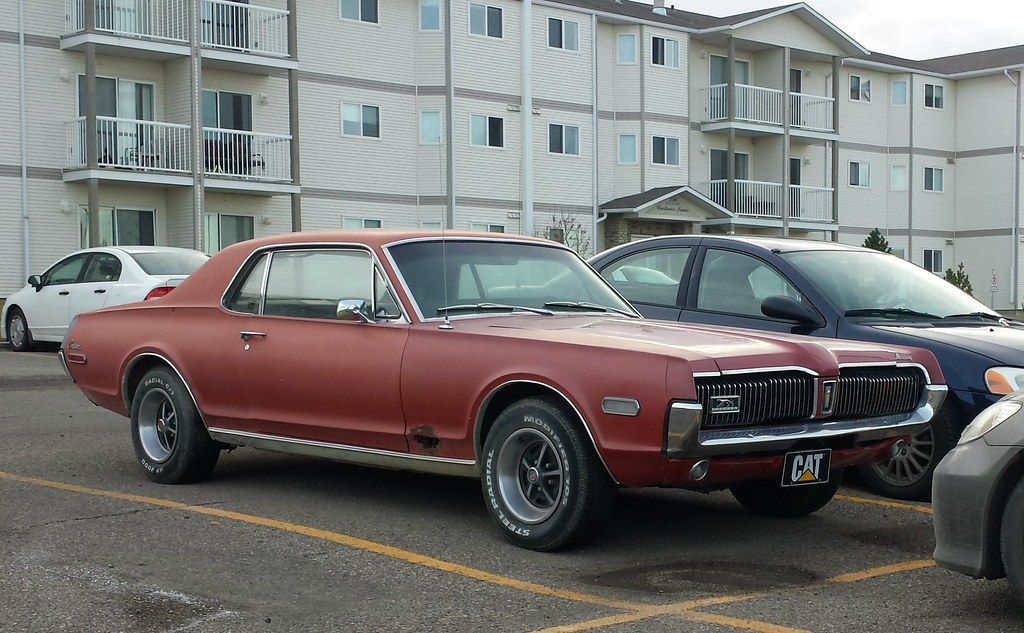
11. **Mercury Cougar**The Mercury Cougar, which saw production from 1967 to 2002, was originally conceived as a more upscale, refined sibling to the legendary Ford Mustang. It aimed to blend performance with comfort, offering luxurious interiors and a range of powerful V8 engines. For many Boomers, the Cougar represented a sophisticated take on the muscle car, providing elegance alongside its power.
However, this blend of traits often works against it with younger buyers. Millennials tend to pass on the Cougar due to its often-larger size, which feels less nimble and practical for modern urban environments. This, combined with its characteristic fuel inefficiency, makes it a harder sell when efficiency and maneuverability are key priorities.
Adding to these practical concerns is the perception that it’s inherently an “older generation’s car,” which can dilute its appeal among those seeking something more contemporary. Despite its stylish design and powerful engines, the lack of modern features and the higher maintenance costs generally push Millennials towards vehicles that feel more current and economical.
Car Model Information: 1995 Mercury Cougar XR7
Name: Mercury Cougar
Caption: 1969 Mercury Cougar (first generation)
Manufacturer: Mercury (automobile)
Layout: Front-engine, rear-wheel-drive layout
ModelYears: 1967–1997,1999–2002
Class: Pony car,Personal luxury car,Mid-size car,Sport compact
Categories: 1960s cars, 1970s cars, 1980s cars, 1990s cars, 2000s cars
Summary: The Mercury Cougar is a series of automobiles that was sold by Mercury from 1967 to 2002. The model line is a diverse series of vehicles; though the Cougar nameplate is most commonly associated with two-door coupes, at various stages in its production, the model also was offered as a convertible and a hatchback. During its production as the mid-size Mercury line, the Cougar was also offered as a four-door sedan and five-door station wagon.
In production for 34 years across eight generations (skipping the 1998 model year), the Cougar is second only to the Grand Marquis (36 years) in the Mercury line for production longevity. 2,972,784 examples were produced, making it the highest-selling Mercury vehicle. During the 1970s and 1980s, the marketing of the Mercury division was closely associated with the Cougar, with promotional materials advertising Mercury dealers as “The Sign of the Cat” with big cats atop Lincoln-Mercury dealer signs. Cat-related nameplates were adopted by other Mercury lines, including the Bobcat and Lynx.
During its production, the Cougar was assembled at the Dearborn Assembly Plant (part of the Ford River Rouge Complex) in Dearborn, Michigan from 1967 until 1973, San Jose Assembly (Milpitas, California) from 1968 into early 1969, Lorain Assembly (Lorain, Ohio) from 1974 until 1997, and at Flat Rock Assembly (Flat Rock, Michigan) from 1999 through 2002.
Get more information about: Mercury Cougar
Buying a high-performing used car >>>
Brand: Mercury Model: Cougar
Price: $10,995 Mileage: 37,589 mi.
Read more about: Beware: These Classic Cars Are Not Worth Restoring – An Expert Guide for Enthusiasts
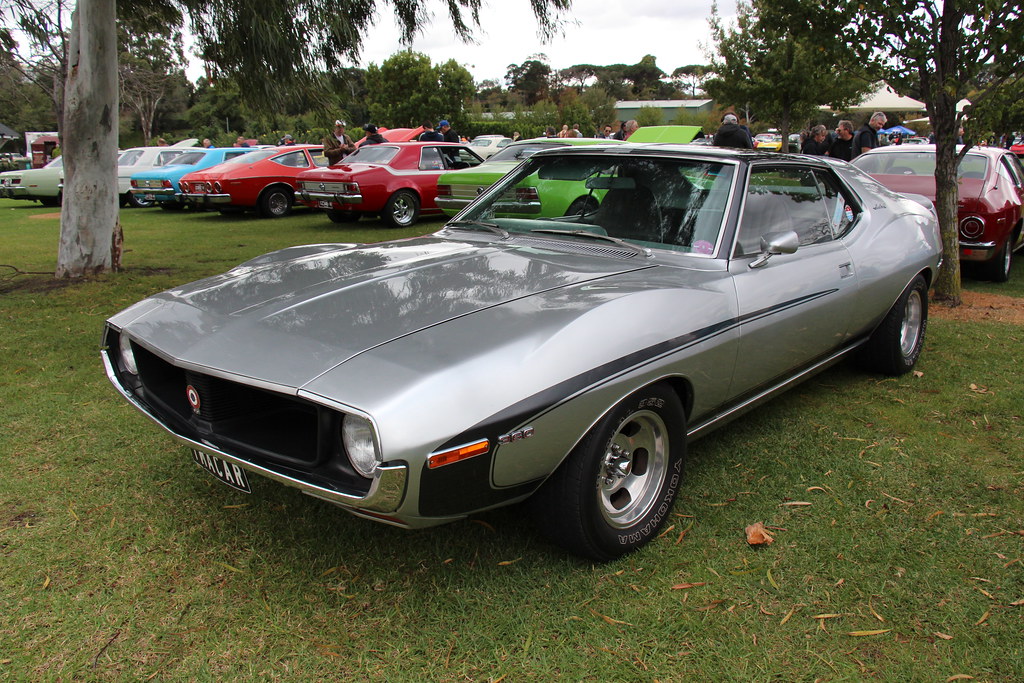
12. **AMC Javelin**Talk about distinctive! The AMC Javelin, produced from 1968 to 1974, stands out as a classic muscle car known for its truly unique styling and performance chops. It housed a range of robust V8 engines, including the potent 401 cubic inch option, ensuring it offered an exciting ride that captured the spirit of its era.
Despite its unique design and undeniable muscle car heritage, the Javelin faces an uphill battle for Millennial affection. A recurring theme, its fuel inefficiency, consistently places it lower on the desirability list for younger buyers. Today’s drivers are often looking for vehicles that are not only fun but also financially and environmentally conscious.
Moreover, the higher maintenance costs often associated with a vintage, less common muscle car like the Javelin contribute to Millennials’ reluctance. While its unique aesthetic could theoretically appeal to those with a taste for the unconventional, the practical drawbacks of running and maintaining such a vehicle in the modern age often outweigh its distinct charm.
Read more about: Timeless Icons: 14 Classic 1960s Cars That Continue to Captivate Enthusiasts and Turn Heads
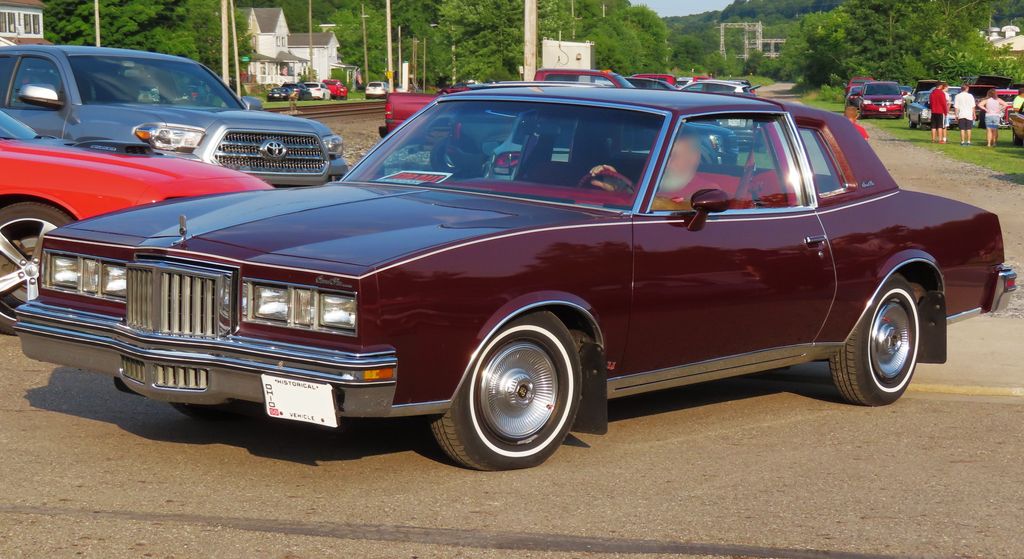
13. **Pontiac Grand Prix**The Pontiac Grand Prix, with a long production run from 1962 to 2008, evolved quite a bit, starting as a personal luxury car and later becoming a popular mid-size sedan. Throughout its different iterations, it consistently offered powerful V8 engines and stylish designs, aiming to provide both performance and comfort for its owners.
Yet, for Millennials, the Grand Prix often falls into the “pass” category for reasons that echo previous entries on our list. Its larger size can make it feel cumbersome in today’s traffic and parking scenarios, clashing with the desire for more agile and compact vehicles. Unsurprisingly, its fuel inefficiency is another common deal-breaker for this generation.
Further contributing to its decline in popularity is the perception that it’s an “older generation’s car.” While the Grand Prix boasted stylish designs and powerful engines in its heyday, the absence of modern features and the higher maintenance costs associated with older vehicles make it significantly less attractive to younger buyers seeking contemporary reliability and tech.
Car Model Information: 2025 Hyundai PALISADE XRT
Name: Pontiac Grand Prix
Caption: 2004–2008 Pontiac Grand Prix
Manufacturer: Pontiac (automobile)
ModelYears: 1962–2008
Class: Personal luxury car
Layout: Front-engine, rear-wheel-drive layout
Successor: Pontiac G8
Platform: unbulleted list
Categories: 1960s cars, 1970s cars, 1980s cars, 1990s cars, 2000s cars
Summary: The Grand Prix is a line of automobiles produced by the Pontiac Division of General Motors from 1962 until 2002 as coupes and from 1989 through 2008 model years as four-door sedans.
First introduced as a full-size performance coupe for the 1962 model year, the model repeatedly varied in size, luxury, and performance over successive generations. The Grand Prix was the most expensive coupe Pontiac offered until the 1970s, when the Bonneville Brougham and the Firebird Trans Am became more exclusive; the Grand Prix moved into the intermediate personal luxury car and later the mid-size market segments.
All Grand Prixs from 1962 through 1972 were pillarless hardtops (except for the 1967 convertible).
Get more information about: Pontiac Grand Prix
Buying a high-performing used car >>>
Brand: Pontiac Model: Grand Prix
Price: $40,788 Mileage: 5,081 mi.
Read more about: Beyond the Icons: Unearthing 14 Underappreciated Muscle Cars That Deserve Your Attention
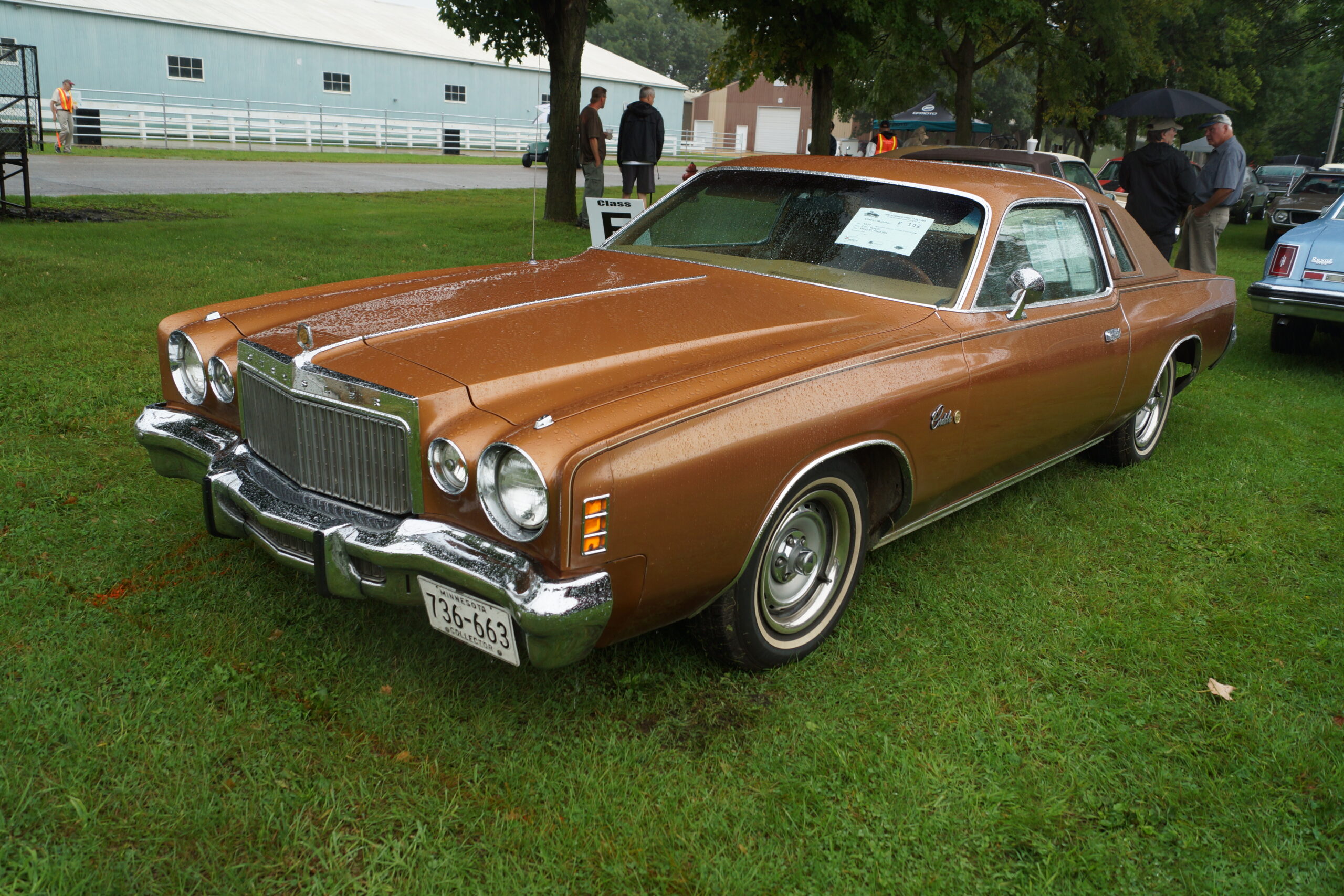
14. **Chrysler Cordoba**Ah, the Chrysler Cordoba. Produced from 1975 to 1983, this was a personal luxury car that exuded a certain kind of plush comfort and distinctive styling. With its range of V8 engines and opulent interiors, the Cordoba was all about offering a smooth, stylish, and comfortable ride, a true symbol of luxury for its time.
However, for Millennials, the Cordoba’s very essence—its spaciousness and emphasis on luxury—often translates into practical drawbacks. Its large size and notorious poor fuel economy are immediate red flags, especially for a generation that prioritizes efficiency and a smaller footprint. It simply doesn’t fit the bill for urban driving or budget-conscious ownership.
Adding to these concerns is the widespread perception that it’s an “older generation’s car,” a sentiment that makes it less appealing to those looking for a vehicle that reflects contemporary tastes. Despite its luxurious interiors and classic design, these practical issues consistently make the Chrysler Cordoba a less desirable choice for younger buyers in today’s automotive landscape.
Car Model Information: 1977 Chrysler Cordoba
Assembly: Windsor Assembly,Windsor, Ontario
Name: Chrysler Cordoba
Caption: 1978 Chrysler Cordoba
Manufacturer: Chrysler Corporation
Class: Personal luxury car
ModelYears: 1970,1975–1983
Predecessor: Chrysler 300 non-letter series
Successor: Chrysler Laser
BodyStyle: coupe
Layout: Front-engine, rear-wheel drive layout
Categories: 1980s cars, Articles with short description, Cars introduced in 1975, Chrysler vehicles, Commons category link from Wikidata
Summary: The Chrysler Cordoba was introduced as a full-sized luxury car based on the Chrysler Newport that was marketed during the 1970 model year. It was also applied to a show car exhibited that year.
The nameplate was then applied to an intermediate-sized two-door personal luxury car starting with the 1975 model year. The Cordoba was manufactured by Chrysler in North America over two generations until the 1983 model year.
The personal luxury version was the company’s first model produced specifically for that market segment and the first Chrysler-branded vehicle smaller than full-size.
The name was taken from the Spanish city of Córdoba, Spain.
Get more information about: Chrysler Cordoba
Buying a high-performing used car >>>
Brand: Chrysler Model: Cordoba
Price: $22,000 Mileage: 30,467 mi.
Read more about: Dissecting the Disasters: 7 V8 Engines That Stumbled, Stalled, and Sank Reputations
So, there you have it! From imposing muscle cars to opulent luxury cruisers, the generational gap in automotive appeal is clear. While Boomers hold these classics dear, cherishing them for their power, style, and comfort, Millennials are consistently looking for something different. Their priorities lie in efficiency, modern technology, manageable size, and overall practicality. It’s not about disrespecting history; it’s about evolving needs and a distinct vision for what a ‘cool ride’ truly means in the 21st century. The automotive landscape is always changing, and so are the drivers who navigate it!


